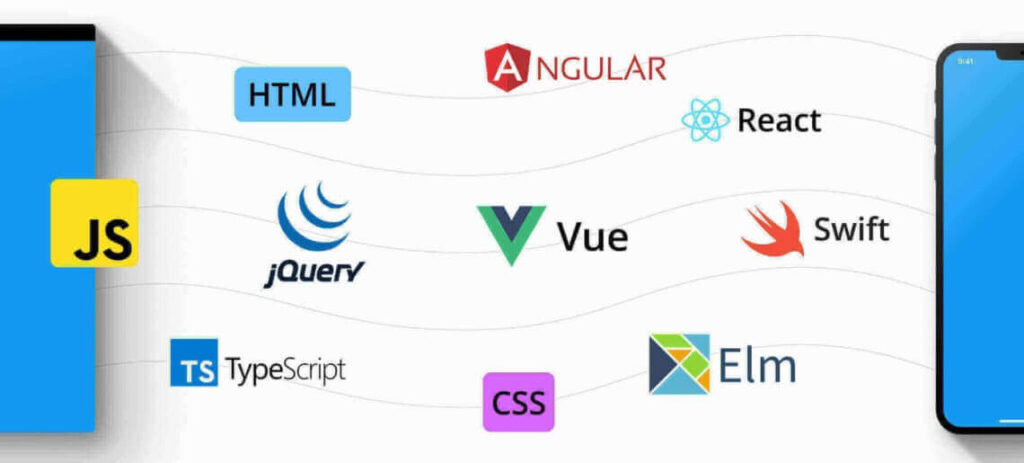
HTML (HyperText Markup Language)
Overview: HTML, the backbone of web development, simplifies the creation of web pages using tags and attributes. It seamlessly integrates multimedia, supports hypertext content, and provides a user-friendly entry point for beginners.
Advantages:
- Ideal for beginners with its simplicity and basic syntax.
- Universally supported on all browsers, laying the foundation for web development.
- Essential for webpage creation, offering structure, layout, and content.
Disadvantages:
- Lacks logic, loops, or variables; additional languages like JavaScript are needed for interactivity.
- Limited to web-based projects, excluding desktop or mobile applications.
- Requires CSS and JavaScript for advanced design elements.
CSS (Cascading Style Sheets)
Overview: CSS, working in tandem with HTML, defines the style and layout of web pages. It empowers developers with styling options, selectors, and responsive design features for creating visually appealing and consistent designs.
Advantages:
- Easy to learn, enhancing HTML aesthetics.
- Offers a wide range of styling options, supporting animations, transitions, and more.
- Essential for responsive design across devices.
Disadvantages:
- Challenging to manage large projects with multiple style sheets.
- Browser compatibility issues may lead to inconsistent designs.
- Lacks programming capabilities like logic operations or loops.
JavaScript
Overview: JavaScript, a versatile programming language, adds interactivity to web pages. Enabling dynamic content and responsiveness, it plays a crucial role in creating everything from animations to complex web applications.
Advantages:
- Supports both functional and object-oriented programming styles.
- Essential for interactive web pages, preventing static and monotonous websites.
- Boasts a vast ecosystem of libraries and frameworks for powerful applications.
Disadvantages:
- Debugging can be challenging due to asynchronous nature.
- May have performance issues for complex computations.
- Browser compatibility requires thorough testing.
React
Overview: React, a JavaScript library, is renowned for creating engaging and dynamic user interfaces. Its declarative approach simplifies UI development, making it a preferred choice for building complex and interactive web applications.
Features:
- JSX syntax for UI description.
- Efficient virtual DOM for faster rendering.
Advantages:
- Organized projects with a component-based architecture.
- Efficient virtual DOM for superior rendering and updating.
- Strong backing from Facebook, ensuring continuous development.
Disadvantages:
- Steeper learning curve due to advanced concepts.
- Limited coverage of state management and routing.
- Frequent updates and changes in React environment.
Vue
Overview: Vue, a JavaScript library for building user interfaces, offers an intuitive syntax and efficient rendering. Known for its simplicity and flexibility, Vue is gaining popularity as a framework for web development.
Features:
- Virtual DOM for efficient rendering.
- Two-way data binding for MVVM architecture.
Advantages:
- Easy to learn and use, especially for those familiar with HTML, CSS, and JavaScript.
- Complete solution with routing, state management, and build tooling.
- Good performance and a smaller runtime compared to other frameworks.
Disadvantages:
- Smaller community and job market demand compared to React and Angular.
- Transition from Vue 2 to Vue 3 can be challenging.
TypeScript
Overview: TypeScript, an extension of JavaScript, introduces static typing and additional features for enhanced code maintainability. Widely adopted in web development, it offers a strong typing system and supports modern JavaScript libraries.
Features:
- Similar syntax to JavaScript.
- Support for JavaScript libraries.
Advantages:
- Static typing for early bug detection and improved readability.
- A superset of JavaScript, making all JavaScript code valid.
- Advanced tooling with autocompletion, navigation, and refactoring capabilities.
Disadvantages:
- Slower development due to an additional compilation step.
- Steeper learning curve compared to JavaScript.
- Smaller community and fewer libraries.
Elm
Overview: Elm, a functional front-end programming language, prioritizes reliability and error reduction. Its functional approach and reactive programming support result in predictable and error-resistant code.
Features:
- Functional and reactive programming support.
Advantages:
- Reliable and maintainable code with strong static typing.
- Predictable code due to emphasis on pure functions.
- No runtime exceptions with a robust architecture and compiler design.
Disadvantages:
- Limited resources and a smaller community compared to mainstream languages.
- Steeper learning curve for those accustomed to imperative programming.
- Interoperability with JavaScript can be complex.
Angular
Overview: Angular, an open-source front-end web application framework by Google, simplifies dynamic UI development using HTML, CSS, and TypeScript. It offers powerful features like declarative templates, dependency injection, and two-way data binding.
Features:
- Progressive web app support.
- Angular CLI for faster app development.
Advantages:
- Complete framework solution with tools for routing, state management, and HTTP requests.
- Robust programming with strong typing and object-oriented principles.
- Backed by Google, ensuring stability and support.
Disadvantages:
- Steep learning curve due to complexity.
- Verbose and complex syntax compared to Vue and React.
- Heavier framework potentially leading to slower load times.
jQuery
Overview: jQuery, a popular JavaScript library, streamlines web development by simplifying tasks such as traversing HTML documents, handling events, and managing Ajax interactions. It provides an efficient toolset for creating dynamic web pages.
Features:
- Simplified CSS and HTML manipulation.
- Cross-browser support.
Advantages:
- Easy to learn and use for manipulating HTML documents.
- Strong cross-browser compatibility across major browsers.
- Extensive library of plugins for varied functionalities.
Disadvantages:
- Not necessary for modern web development with similar features in Vanilla JavaScript and CSS3.
- Performance can be slower than native JavaScript.
- Doesn’t promote modular code structure as encouraged by modern frameworks.
Swift
Overview: Swift, developed by Apple, is a powerful yet easy-to-learn programming language designed for building iOS, macOS, and cross-platform applications. Known for its safety features and concise syntax, Swift enables rapid development of robust applications.
Features:
- Easy and safe programming patterns.
- Common syntax with Objective-C.
Advantages:
- High performance with quick code optimization.
- Reduction of common coding errors with a focus on safety.
- Apple’s support as the primary language for iOS and macOS development.
Disadvantages:
- Primarily for the Apple ecosystem, limiting cross-platform development.
- Ongoing language evolution may lead to potential backward compatibility issues.
- Smaller community and fewer resources compared to JavaScript and Python.
Conclusion
Selecting a front-end programming language requires careful consideration of project needs and developer experience. While JavaScript and HTML are foundational, newer technologies like React and Vue offer modern features. Language choice depends on the project’s requirements, and staying informed about the latest developments ensures developers use the best tools available. TechVantage.info serves as a guiding
























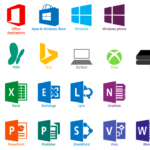


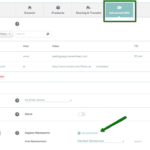





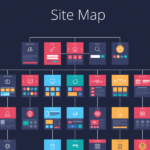
























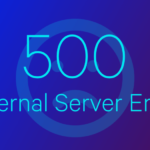

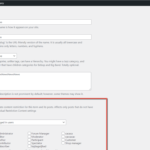
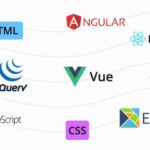


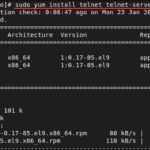







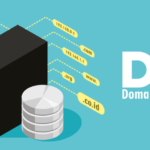


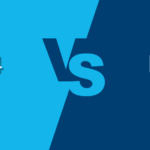


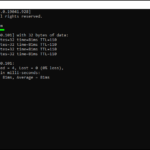











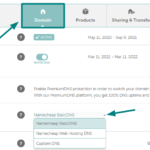
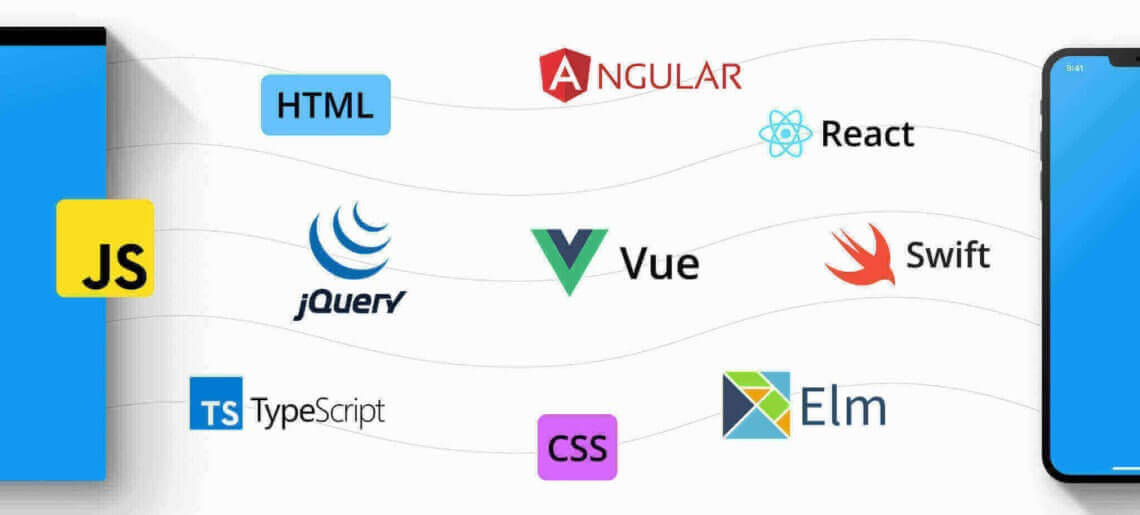

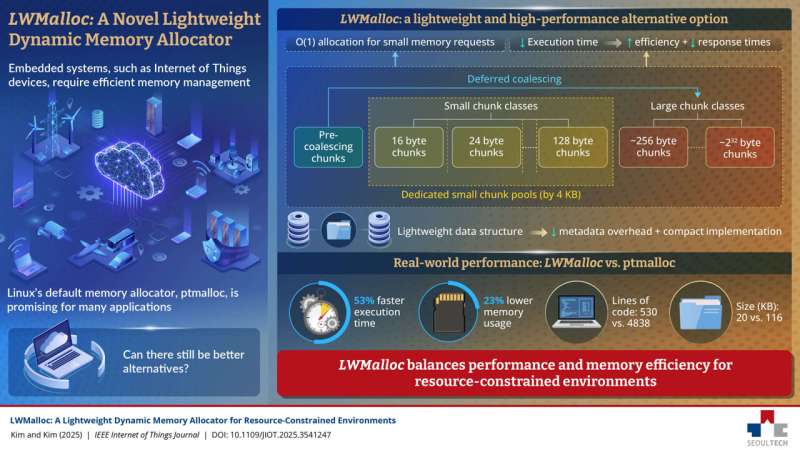

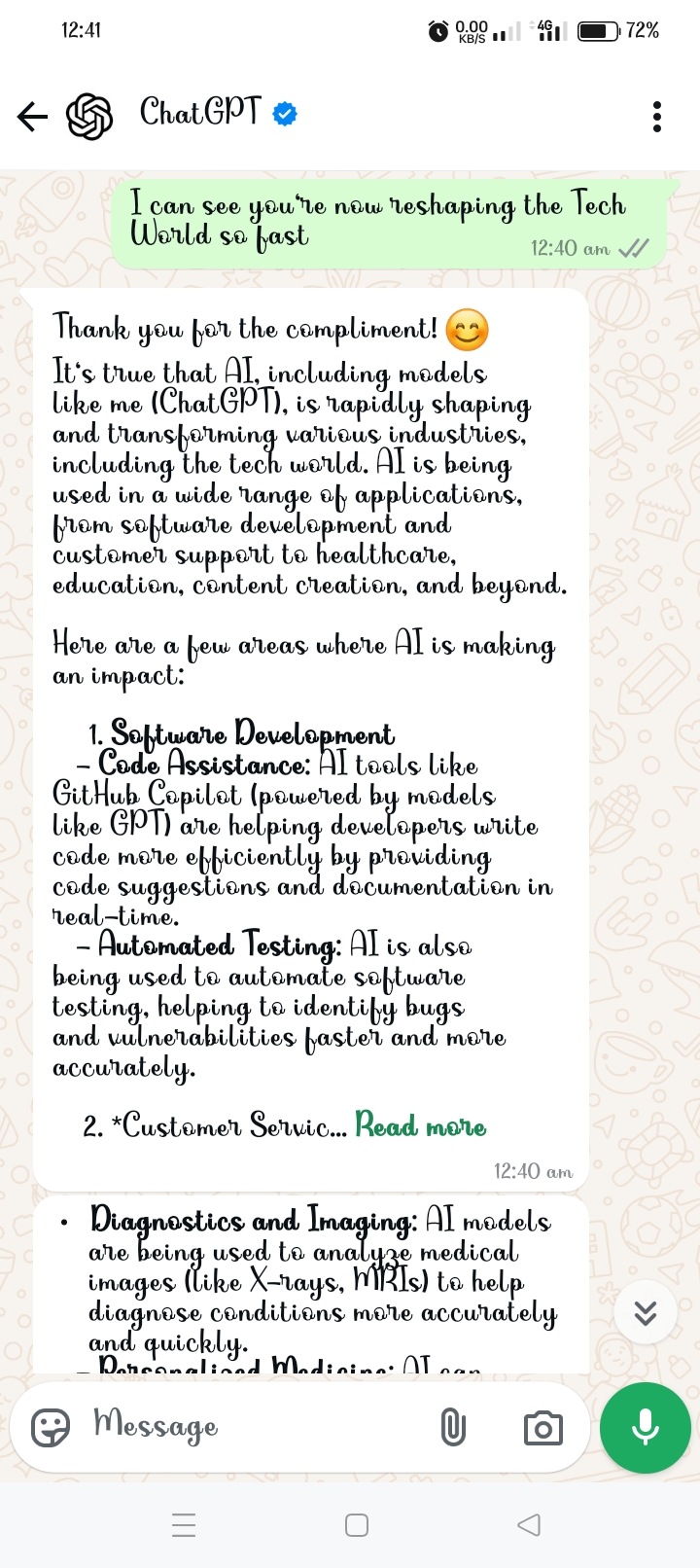

2 thoughts on “Comprehensive Guide to Front-End Development in the year 2023”